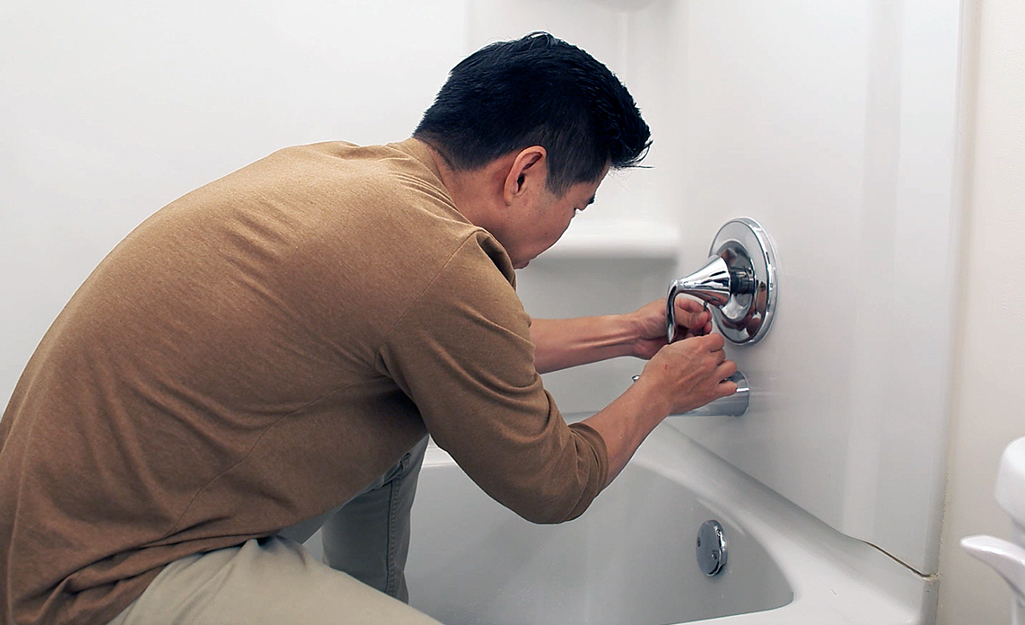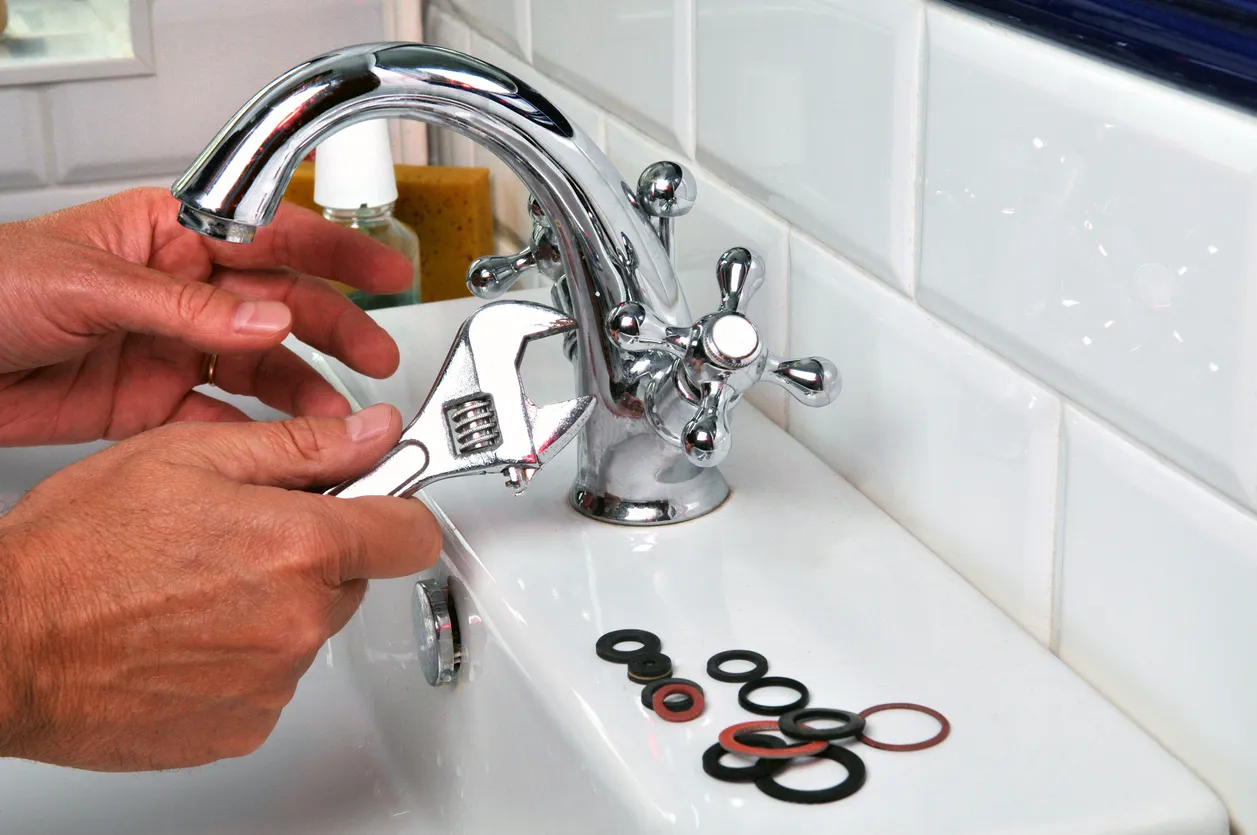Right here below you can get additional helpful information pertaining to Why It's Important to Fix Leaky Faucets.

Dripping taps might appear like a minor hassle, but their effect exceeds simply the inconvenience of the noise. From wasting water to sustaining unnecessary monetary costs and health threats, neglecting a dripping tap can bring about different consequences. In this post, we'll explore why it's vital to address this typical house issue quickly and properly.
Wastage of Water
Environmental Effect
Dripping faucets contribute substantially to water wastage. According to the Environmental Protection Agency (EPA), a solitary tap trickling at one drip per secondly can lose more than 3,000 gallons of water per year. This not just stress water resources but additionally influences ecological communities and wildlife depending on them.
Financial Expenses
Raised Water Costs
Beyond the ecological influence, dripping taps can pump up water bills substantially. The gathered wastefulness in time equates into greater utility expenditures, which might have been avoided with timely repairs.
Possible Property Damages
Furthermore, prolonged trickling can cause damage to components and surfaces surrounding the faucet. Water buildup can create staining, deterioration, and even structural issues if left ignored, leading to added repair expenses.
Wellness Concerns
Mold and Mildew Development
The constant presence of wetness from a trickling tap produces a perfect environment for mold and mildew growth. These fungis not only compromise indoor air high quality yet additionally position wellness threats, particularly for people with respiratory problems or allergic reactions.
Waterborne Diseases
Stationary water in leaking faucets can come to be a breeding place for bacteria and various other pathogens, enhancing the threat of waterborne illness. Contaminants such as Legionella microorganisms thrive in stationary water, possibly resulting in serious ailments when ingested or inhaled.
DIY vs. Professional Fixing
Advantages and disadvantages of Do It Yourself Fixing
While some may attempt to take care of a trickling tap themselves, do it yourself fixings feature their own collection of obstacles. Without proper understanding and tools, DIY efforts can worsen the issue or cause insufficient repair services, lengthening the issue.
Benefits of Hiring a Professional Plumber
Working with a specialist plumber makes certain that the underlying root cause of the leaking faucet is addressed properly. Plumbing professionals have the competence and equipment to identify and fix faucet problems successfully, saving time and reducing the danger of further damage.
Step-by-Step Overview to Repairing a Dripping Faucet
Tools Called for
Prior to attempting to fix a dripping tap, collect the needed tools, including an adjustable wrench, screwdrivers, substitute parts (such as washing machines or cartridges), and plumber's tape.
Usual Faucet Issues and Their Solutions
Recognize the kind of faucet and the certain issue creating the drip. Common issues include worn-out washing machines, corroded shutoff seats, or faulty O-rings. Describe manufacturer directions or on-line tutorials for step-by-step support on repairs.
Preventive Measures
Routine Upkeep Tips
To stop trickling faucets, carry out routine maintenance such as cleansing aerators, checking for leakages, and replacing damaged components quickly. Furthermore, take into consideration mounting water-saving tools or updating to a lot more effective fixtures.
Importance of Prompt Services
Resolving leaking faucets as quickly as they're discovered prevents more water waste and possible damage, inevitably saving both water and cash in the long run.
Effect On Residential Property Worth
Perception of Well-Maintained Building
Keeping a residential property in good condition, consisting of resolving upkeep issues like dripping faucets, enhances its perceived value and desirability among possible customers or lessees.
Impact on Resale Value
Qualities with well-kept plumbing fixtures, including taps, command greater resale values in the real estate market. Resolving leaking faucets can add to a positive impression throughout home evaluations and arrangements.
Environmental Duty
Private Payment to Conservation
Taking duty for fixing leaking taps aligns with wider initiatives toward water preservation and ecological sustainability. Every individual's actions collectively make a substantial impact on maintaining valuable sources.
Sustainable Living Practices
By prioritizing prompt repairs and taking on water-saving practices, people add to lasting living practices that benefit both present and future generations.
Conclusion
Dealing with a dripping faucet exceeds simple benefit; it's a necessary step toward saving water, decreasing financial prices, and securing health and wellness and building. Whether with DIY fixings or expert assistance, doing something about it to take care of dripping taps is a small yet impactful method to advertise responsible stewardship of sources and contribute to a healthier, a lot more sustainable future.
Why Are My Faucets Dripping (And Can I Fix it Myself)?
Causes of a Dripping or Leaking Faucet
Whether you’re hearing drops of water falling and hitting a sink, or noticing water ooze out from the base of the spout, you shouldn’t ignore a dripping or leaking faucet. And, the good news is, sometimes you can fix the problem yourself.
In this article, we’ll review a few common causes of dripping and leaky. We’ll also walk you through some basic ways to find the problem and handle it without calling anyone — and let you know when to call in a pro.
But, no matter what the cause, or whether you can handle it on your own, the sooner you address it, the better.
Each drip may be a tiny amount of water. But, they all add up quickly. According to the U.S. Geological Survey, one faucet losing one drop every 20 seconds — five a minute — wastes around a liter of water every day, and 173 gallons a year.
Add in more than one in your house, and it’s a lot of water to waste. So, we’ll help you get to the bottom of things quickly.
Four Reasons Your Faucet May Be Dripping
Aerator is Damaged or Unseated Valve Seat is Corroded O Ring is Loose or Worn Out Part of the Assembly is Loose Aerator is Damaged or Unseated
If you unscrew the end of your faucet, you’ll find the aerator. It’s the little stem piece with a screen on it that shuts off the water circulation.
If it’s damaged, or if it’s not sitting right, it will allow water to pass through.
Valve Seat is Corroded
Next is the valve seat, which is connected to the washer. If the washer wasn’t in place correctly, then it could have ground against the seat. Over time, this damages the valve seat.
The problem could also be corrosion: Over time, the part has worn out, and it’s now allowing water to pass through.
O Ring is Loose or Worn Out
Since the o ring is only a small rubber gasket, it’s a common reason why the faucet is dripping. You’ll find it at the base of the faucet, and it’s there to keep water from coming out where it’s not supposed to.
However, it’s common for the o ring to wear out over time. When it does, you’ll notice a drip.
Part of the Assembly is Loose
So far, we’ve looked at a few small, specific parts. But, the problem could be anywhere in the assembly if something’s out of place.
Even if a part isn’t damaged, over time, it may have become loose or dislodged. It could be the parts we mentioned, or the aerator at the tip of the faucet, the stem itself,
Can I Fix a Leaky Faucet Myself?
Depending on the problem, and how handy you are, there’s a chance you can fix a leaky faucet without calling a professional. But, you do run the risk of making the problem worse.
If it’s a small drip, you can certainly try a few troubleshooting tactics. We’ll walk you through them in a moment.
But, no matter what, your first step should be shutting off the water coming into the faucet. You should find a shutoff valve under the sink on the pipes leading to it. Turn each one clockwise until they close tightly.
Next, make sure you have the right tools for whatever you’re attempting. It’s tempting to make do with what you have. But, you need the right ones for a reason: You’re often dealing with small parts that can break if you handle them carelessly.
If you’re feeling confident, here are some places to start.
Items Near the Tip of the Faucet
A few of the parts we mentioned — particularly the valve seat and washer — are located at the tip of the faucet where the water comes out. They’re easy to access, making it a good place to start.
Check the O Ring
To check the o ring, you’ll need to take off the spout at the base. It’s easiest on kitchen sinks with long spouts, versus the smaller, bulkier base on most bathroom sinks.
Either way, this can be tricky, so do it carefully and don’t force anything. If it’s not coming right off, you’re much better off calling in a pro than possibly breaking something.
For a kitchen sink, there’s usually a nut or coupling assembly at the base of the spout. These often slide off easily without using any tools.
Once you’ve disassembled those parts, gently but forcefully twist off the spout.
Then, you can see the o rings. There should be two of the rubber gaskets on the base. If they look worn or damaged, replace them, and see if that solves the problem.

Do you really like more info about Why Are My Faucets Dripping (And Can I Fix It Myself)?? Give feedback further down. We would be pleased to find out your responses about this review. We are looking forward that you come back again later on. Are you aware of someone else who is in to the subject? Please feel free to share it. I cherish reading our article about Why It's Important to Fix Leaky Faucets.